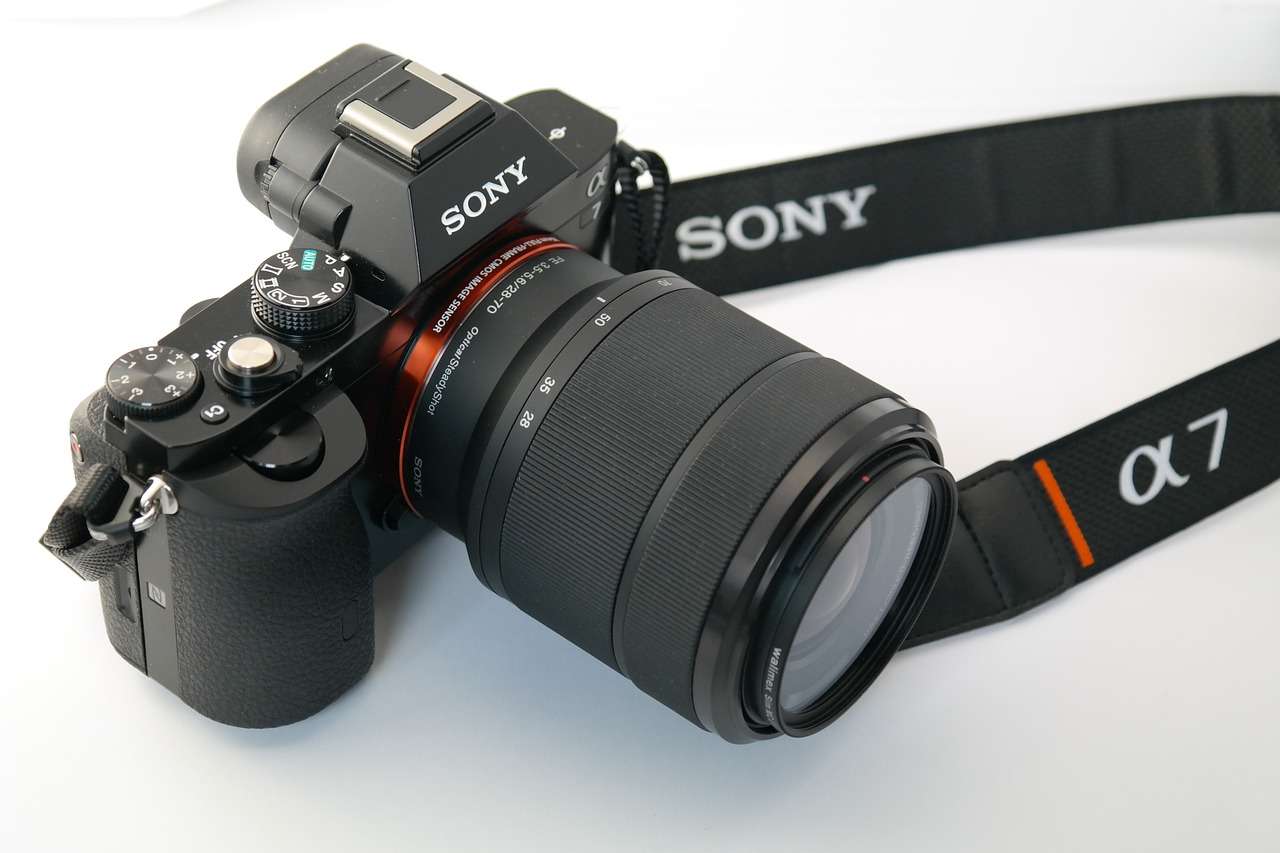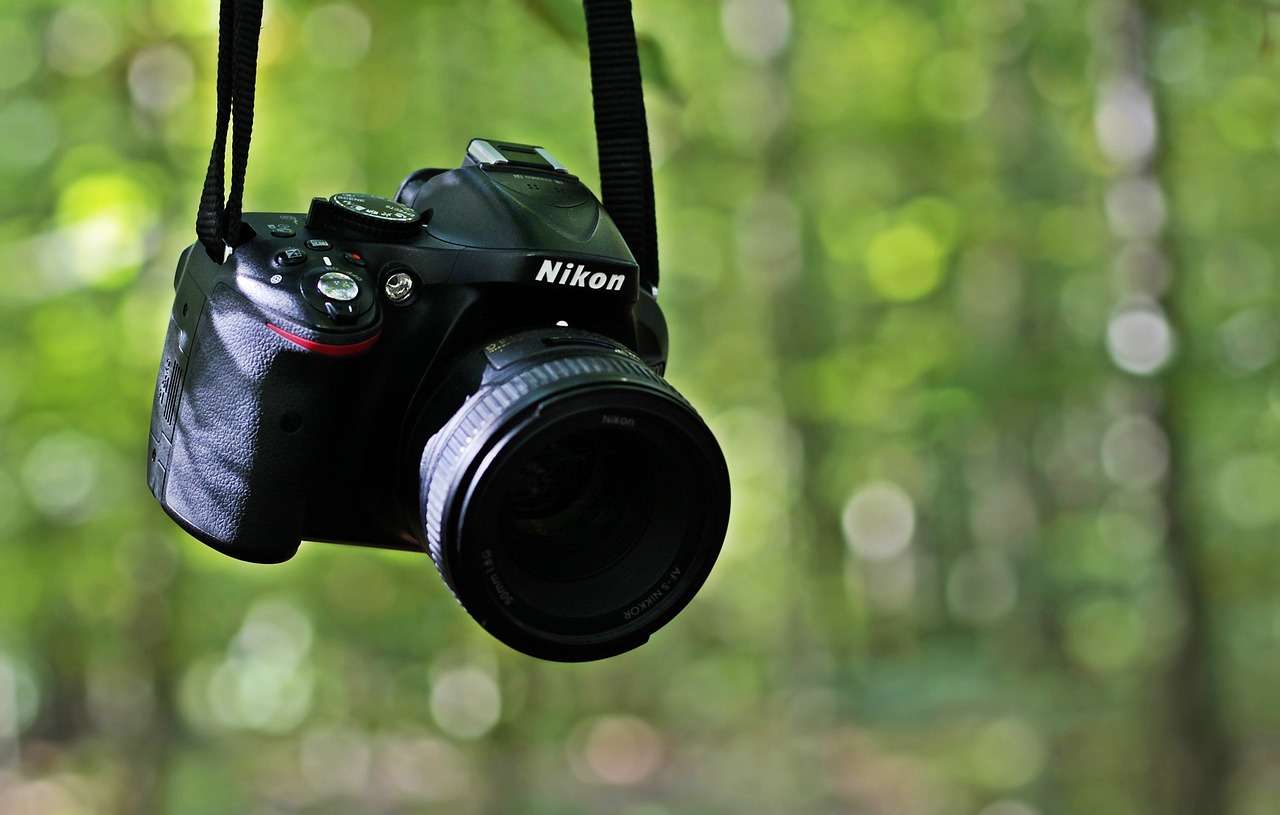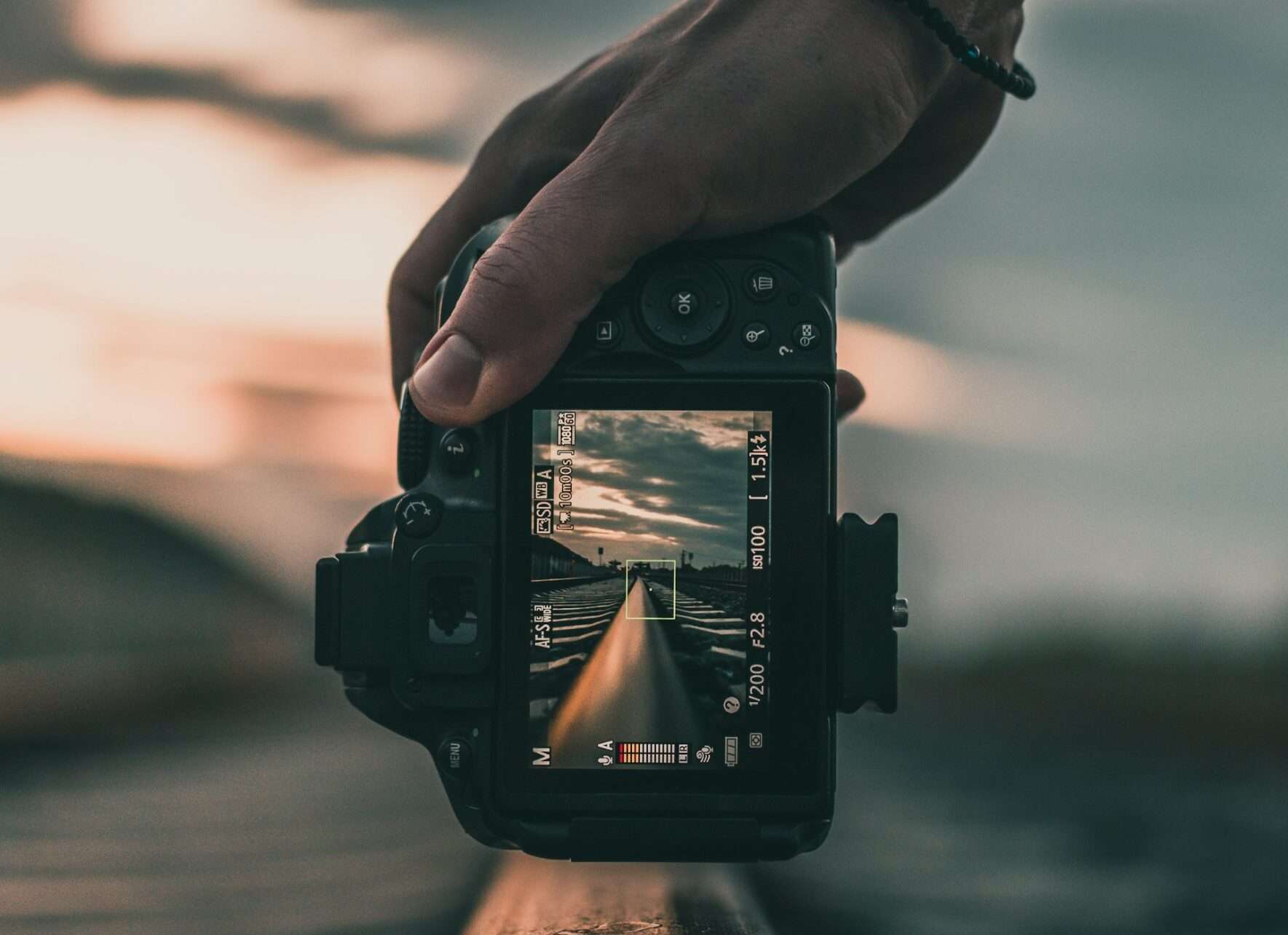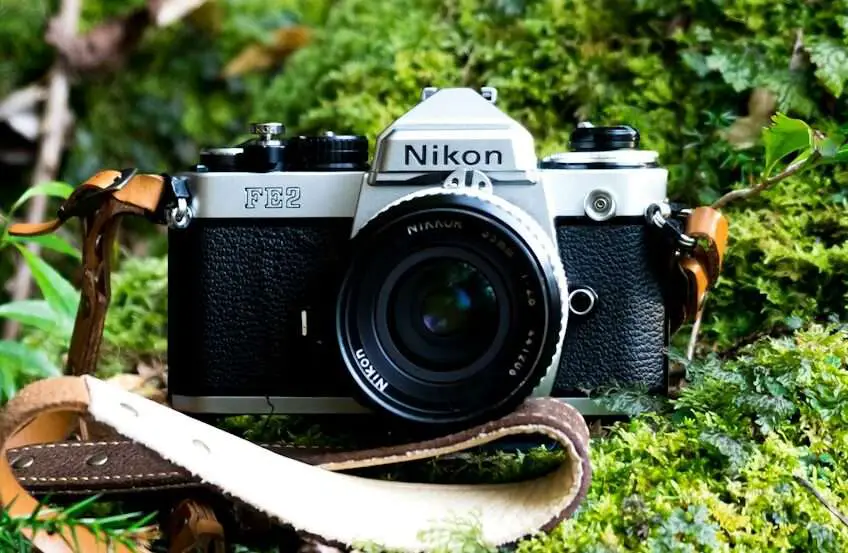In the fast-paced world of digital photography, making the right choice in a camera can be the key to unlocking unforgettable moments. Enter the formidable contenders: Sony Alpha 7 II and Sony Alpha 7 III, two giants in the realm of mirrorless cameras. This article aims to dissect and compare the intricacies of the Sony Alpha 7 II vs Sony Alpha 7 III specs, guiding you through their features to help you make an informed decision on your photographic journey.
Contents
Body and Design
Sony Alpha 7 II
The Alpha 7 II boasts a robust yet ergonomic design, ensuring comfortable handling. Crafted from magnesium alloy, its body exudes durability and features weather-sealing for resilience in various shooting conditions. The 3-inch tilting LCD screen adds versatility, enabling dynamic framing.
Sony Alpha 7 III
Stepping into the spotlight, the Alpha 7 III upholds Sony’s commitment to design excellence. Its magnesium alloy body strikes a perfect balance between sturdiness and portability. Notably, it introduces dual SD card slots, offering extended storage options for prolific photographers. The 3-inch tilting touchscreen enhances user interaction, providing an intuitive experience.
Imaging Prowess
Sony Alpha 7 II
Equipped with a 24.3-megapixel full-frame sensor, the Alpha 7 II captures images with remarkable clarity. The BIONZ X image processor ensures swift and accurate performance, even in low-light conditions. The 5-axis in-body image stabilization proves to be a game-changer, mitigating shakes and delivering crisp shots.
Sony Alpha 7 III
Surpassing expectations, the Alpha 7 III flaunts a 24.2-megapixel full-frame sensor, enhanced by the BIONZ X image processor. What sets it apart is the extended ISO range, reaching up to 204800, guaranteeing unparalleled performance in challenging lighting scenarios. The 5-axis in-body image stabilization continues to be a cornerstone, providing a steady foundation for your creative pursuits.
Autofocus Capabilities
Sony Alpha 7 II
The Alpha 7 II incorporates a 117-point phase-detection and 25-point contrast-detection autofocus system. While adept in various scenarios, rapid subject tracking may pose a slight challenge in dynamic settings.
Sony Alpha 7 III
In the autofocus arena, the Alpha 7 III takes the lead with a cutting-edge 693-point phase-detection and 425-point contrast-detection system. This not only enhances subject tracking but also elevates the camera’s performance in fast-paced shooting situations.
Video Prowess
Sony Alpha 7 II
For videographers, the Alpha 7 II offers Full HD video recording at up to 60fps. While satisfactory, it falls short when compared to the emerging standards of 4K video.
Sony Alpha 7 III
Setting a new benchmark, the Alpha 7 III introduces 4K video recording at 30fps. This leap in resolution adds a cinematic dimension to your videography, ensuring your content remains future-proof.
Battery Life
Sony Alpha 7 II
The Alpha 7 II features a commendable NP-FW50 battery, providing approximately 350 shots per charge. While suitable for standard usage, avid photographers might find themselves reaching for the charger more frequently.
Sony Alpha 7 III
Surpassing expectations, the Alpha 7 III boasts an NP-FZ100 battery, delivering an impressive 710 shots per charge. This extended battery life ensures uninterrupted shooting sessions, catering to the demands of professionals and enthusiasts alike.
Read Now: Sony Alpha a6400 Lenses and Sony Alpha a6400 Review
Connectivity and Customization
Sony Alpha 7 II
Delving into connectivity, the Alpha 7 II offers built-in Wi-Fi and NFC, facilitating seamless sharing and remote control through your smartphone. Customization options, though present, might not be as extensive for those seeking a highly tailored shooting experience.
Sony Alpha 7 III
Advancing with the times, the Alpha 7 III features enhanced connectivity options, including Bluetooth in addition to Wi-Fi and NFC. This trifecta ensures swift and hassle-free file transfer and remote control capabilities. Furthermore, the camera provides an extensive array of customization options, allowing users to fine-tune settings according to their preferences.
Price Point
Sony Alpha 7 II
When it comes to affordability, the Alpha 7 II shines as a budget-friendly option without compromising on essential features. This makes it an attractive choice for enthusiasts looking to step into the full-frame mirrorless world without breaking the bank.
Sony Alpha 7 III
Positioned as a premium offering, the Alpha 7 III justifies its higher price tag with a plethora of advanced features. Professionals and avid photographers seeking cutting-edge technology and unparalleled performance will find the investment in the Alpha 7 III well worth it.
Conclusion
In the ongoing saga of Sony Alpha 7 II vs Sony Alpha 7 III specs, the choice is not just about pixels and processors but aligning the camera with your unique vision. The Alpha 7 II excels as a reliable companion for enthusiasts, providing a taste of full-frame excellence at an accessible price. Meanwhile, the Alpha 7 III ascends to new heights, catering to the demands of professionals with its superior autofocus, 4K video capabilities, and extended battery life.
FAQs about Sony Alpha 7 II vs Sony Alpha 7 III Specs
- What sets the Sony Alpha 7 III apart from the Sony Alpha 7 II in terms of imaging capabilities?
- The Sony Alpha 7 III boasts a 24.2-megapixel full-frame sensor with an extended ISO range, reaching up to 204800. This, coupled with the BIONZ X image processor, ensures unparalleled performance in challenging lighting scenarios. The 5-axis in-body image stabilization further enhances image clarity, setting it apart from the Sony Alpha 7 II.
- How does the autofocus system of the Sony Alpha 7 III compare to that of the Sony Alpha 7 II?
- The Sony Alpha 7 III takes a significant leap with its cutting-edge autofocus system featuring 693 phase-detection and 425 contrast-detection points. This not only enhances subject tracking but also elevates the camera’s performance in fast-paced shooting situations, surpassing the capabilities of the Sony Alpha 7 II.
- What video recording capabilities does the Sony Alpha 7 III offer compared to the Sony Alpha 7 II?
- The Sony Alpha 7 III introduces a groundbreaking 4K video recording at 30fps, setting a new benchmark in videography. In contrast, the Sony Alpha 7 II provides Full HD video recording at up to 60fps. The Alpha 7 III’s higher resolution adds a cinematic dimension to video content, making it future-proof.
- Are there notable differences in battery life between the Sony Alpha 7 II and Sony Alpha 7 III?
- Yes, there is a significant difference in battery life. The Sony Alpha 7 III features an NP-FZ100 battery, delivering an impressive 710 shots per charge. In comparison, the Sony Alpha 7 II, with its NP-FW50 battery, provides approximately 350 shots per charge. This extended battery life in the Alpha 7 III ensures prolonged shooting sessions without frequent recharging.
- What connectivity features make the Sony Alpha 7 III a more advanced option compared to the Sony Alpha 7 II?
- The Sony Alpha 7 III introduces enhanced connectivity options, including Bluetooth in addition to Wi-Fi and NFC. This trifecta ensures swift and hassle-free file transfer and remote control capabilities, offering a more seamless integration with modern devices. The Alpha 7 II, while still providing built-in Wi-Fi and NFC, lacks the added versatility of Bluetooth connectivity.




